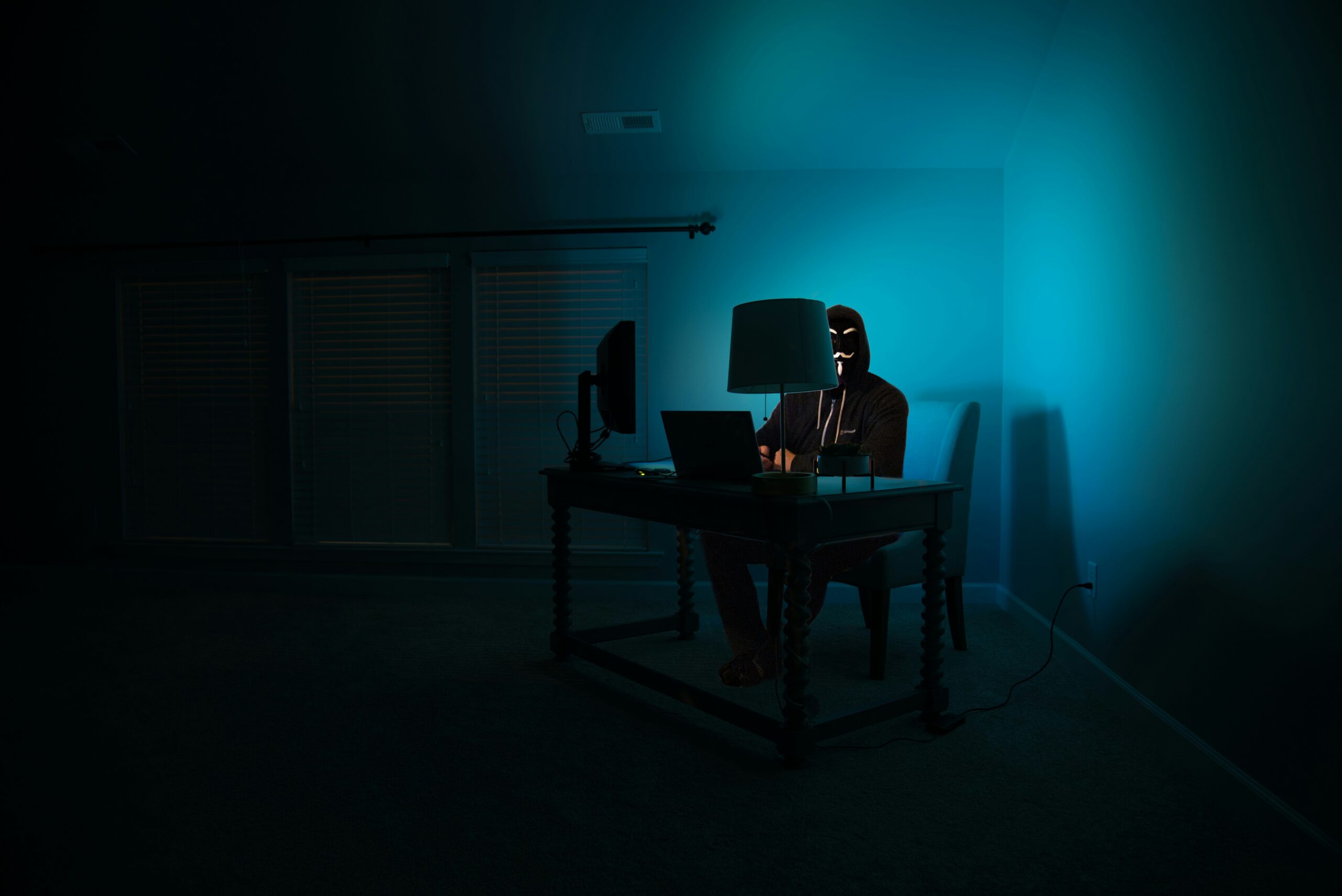Recently, Edward O’Bannon, at the age of forty-one and working as a car salesman in Las Vegas, recognized himself in a video game. He became distressed and concerned that his likeness was being used without his consent—and without any form of compensation. Mr. O’Bannon is a former student-athlete who led the University of California, Los Angeles (“UCLA”) to victory in the 1995 National Collegiate Athletic Association (“NCAA”) championship in his senior season. Mr. O’Bannon was considered a fantastic player in the tournament and a “consensus all-American.”[1] In turn, he was drafted ninth by the New Jersey Nets, but his professional career fizzled out and never quite matched the expectations set by his excellent undergraduate career.
As a result of his likeness being used without his consent, the Las Vegas car salesman filed an antitrust suit in July of 2009, and the lawsuit was eventually certified as a class action when both former and current athletes, including Oscar Robertson and Bill Russell, joined it later that year.[2] The O’Bannon antitrust class action challenged the NCAA rules restricting compensation for both FBS football and Division I men’s basketball for former and current student-athletes. Specifically, the plaintiffs challenge the particular rules that prevent student-athletes “from receiving a share of the revenue that the NCAA and its member schools earn from the sale of licenses to use the student-athletes’ names, images, and likeness in videogames, live telecasts, and other footage.”[3] The twenty named plaintiffs argue that the NCAA rules violate the Sherman Antitrust Act because they believe that student-athletes should be entitled to a share of the revenue that otherwise would not exist without the plaintiffs’ athletic contributions. In response, the NCAA denied this accusation and contended that its restrictions on student-athlete compensation are “necessary to uphold its educational mission and to protect the popularity of collegiate sports.”[4]
The case went before Judge Claudia Wilken in the federal court of the Northern District of California, and on August 8th Judge Wilken issued her 100-page decision. Judge Wilken held that student-athletes are entitled to compensation in the form of a trust fund for the use of their name, image, and likeness (“NIL”) rights. However, she put a rather arbitrary cap of $5,000 per student-athlete, and student-athletes on the same team or in the same year must receive the same amount.[5] There was speculation that Judge Wilken would issue a broad injunction that would state that the NCAA violated antitrust law and must discontinue its actions, unless it reaches a collective bargaining agreement with its student-athletes. However Judge Wilken’s trust-fund remedy neglected the potential for student-athletes to collectively bargain with the NCAA. In doing so, Judge Wilken continued to minimize the voice of the student-athlete. Dennis Cordell, a former lawyer for NFL athletes, sums it up best when he said “she essentially just imposed an agreement without the bargaining between the players and the league—and a favorable one for the NCAA at that.”[6]
Skeptics of the O’Bannon decision, such as Ramogi Huma, President of the College Athletes Players Association, believe that Judge Wilken’s remedy does not resolve the antitrust issues in this case. He does not believe that the NCAA should “be allowed to impose a cap of any kind.”[7] In fact, Mr. Huma commented that the O’Bannon decision “specifically seems to allow the NCAA to act as a cartel and cap deferred compensation.”[8] The fact that the student-athletes will have virtually no say in NCAA rulemaking is a sign that both the NCAA and student-athletes should enter into a bargaining agreement in order to prevent such lawsuits in the future.
While many individuals are fast to criticize the potential implications of the O’Bannon decision, the fact that the NCAA would have control over the amount in the trust fund may not necessarily be such a bad thing. The necessity for college athletes to receive million-dollar paydays immediately is questionable. Money could serve as a distraction, and it could impair student-athletes ability to succeed in school. Judge Wilken concurred in her opinion that “paying student-athletes large sums of money would potentially ‘create a wedge’ between student-athletes and others on campus.”[9] Therefore, an argument can be made that the injunction allowing the NCAA to cap the payments at $5,000 per year for Division I student-athletes may be persuasive if the limit is used as a way to minimize the divide between student-athletes and their peers in their academic communities.
A collective bargaining agreement is as an alternative solution to the O’Bannon decision and there are two potential avenues to achieve this goal. The first proposal suggests two opposing parties, the Former College Athletics Association (“FCAA”), and the NCAA, to come together to reach a collective bargaining agreement. The mediator leading the FCAA, Kenneth Feinberg, wants to use the FCAA as a trade organization to engage in a fair collective bargaining agreement for student-athletes concerning compensation for their likeness on television, video games, and other various products. The distribution of funds by the FCAA to former college athletes would be based on formulas that are still in development. But potential factors for the formulaic equation could include the “types of sports played, playing time, team and individual exposure on television, statistical performance and public recognition.”[10]
The second proposal involves both student-athletes and the FCAA as one party, and the school athletic-directors and conference commissioners as the other party in a collective bargaining scenario. Here, a legal representative, such as from the FCAA would accompany the student-athletes to the bargaining table. This proposal suggests that each school in the Division I conferences elect one or more student representatives to negotiate on behalf of their team. From a legal aspect, having the student-athlete represent his team as a group negotiation rather than acting in an individual capacity makes sense since Judge Wilken found a market existed for group licenses. On the other side of the bargaining table would be the athletic directors from each school, since they testified in O’Bannon mentioning their concern with student-athletes receiving too much compensation for their NIL rights.[11] Additionally, there would also be the Conference Commissioner for the athletic directors, and he would mirror the FCAA representative for the student-athletes. This collective bargaining agreement would hope to be equal and proportional both in number and in supervisory power.
While the O’Bannon decision is seen in many ways as a compromise, this case has opened the door for future lawsuits to achieve greater rights for student-athletes. Fearful of a totally free market, the NCAA has already appealed the O’Bannon decision to the U.S. Court of Appeals for the Ninth Circuit.[12] The debate over student-athlete compensation has persisted in this country for quite some time. Moreover, the seemingly “impenetrable” NCAA amateurism defense has prevented any change in this country for decades. However, Edward O’Bannon sums it up nicely when he said, “I think change, in my opinion, is inevitable. I think change needs to happen.”[13] Indeed, Judge Wilken’s decision in O’Bannon v. National Collegiate Athletic Association will be remembered as a significant first step in paving the way for future lawsuits against the NCAA’s unjust control over its student-athletes.
Zachary Beal is a second-year law student at Benjamin N. Cardozo School of Law and a Staff Editor of the Cardozo Arts & Entertainment Law Journal. He is Secretary of the Student Bar Association and an active member of the Alternative Dispute Resolution Team. He is currently a clinical student of the Mediation Clinic and he looks forward to a legal career that will allow him to utilize his alternate dispute resolution skills.
[1] All-Americans are distinguished student-athletes that become part of an honorary team in their respective sport. See The Award, CapitalOne, http://www.capitaloneacademicallamerica.com/about (last visited March 15, 2015).
[2] See Sean Deveny, Oscar Robertson: Jordan is not greatest ever, Sporting News (June 8, 2011), http://www.sportingnews.com/nba/story/2011-06-08/oscar-robertson-jordan-is-not-greatest-ever.
[3] See O’Bannon v. Nat’l Collegiate Athletic Ass’n, 7 F. Supp. 3d 955, 963 (N.D. Cal. 2014).
[4] See O’Bannon v. Nat’l Collegiate Athletic Ass’n, 7 F. Supp. 3d 955, 963 (N.D. Cal. 2014).
[5] O’Bannon v. Nat’l Collegiate Athletic Ass’n, 7 F. Supp. 3d 955 (N.D. Cal. 2014).
[6] See Kevin Trahan, Everything You Need to Know About the Ruling That Will Get College Athletes Paid, Vox (Aug. 10, 2014) http://www.vox.com/2014/8/10/5985743/ed-obannon-lawsuit-ncaa-college-athletes-paid.
[7] See Ben Strauss et al., 99-Page Ruling in O’Bannon Case Is Missing Something: Clarity, N.Y. Times (Aug. 9, 2014) http://www.nytimes.com/2014/08/10/sports/court-ruling-in-o-bannon-case-misses-a-key-element-clarity.html?_r=0.
[8] Id.
[9] See O’Bannon v. Nat’l Collegiate Athletic Ass’n, 7 F. Supp. 3d 955, 980 (N.D. Cal. 2014).
[10] Michael McCann, Feinberg Sheds Light on FCAA, how Compensation could be Handled, Sports Illustrated (May 7, 2014) http://www.si.com/college-football/2014/05/07/kenneth-feinberg-fcaa.
[11] See O’Bannon v. Nat’l Collegiate Athletic Ass’n, 7 F. Supp. 3d 955, 983 (N.D. Cal. 2014).
[12] O’Bannon v. Nat’l Collegiate Athletic Ass’n, 7 F. Supp. 3d 955 (N.D. Cal. 2014), appeal docketed, No. 14-16601 (9th Cir. Aug. 21, 2014).
[13] Sara Ganim, As Testimony Starts in Former College Star’s Suit, NCAA Settles Another Suit, CNN (June 9, 2014), http://www.cnn.com/2014/06/09/us/ed-obannon-ncaa-lawsuit/.



